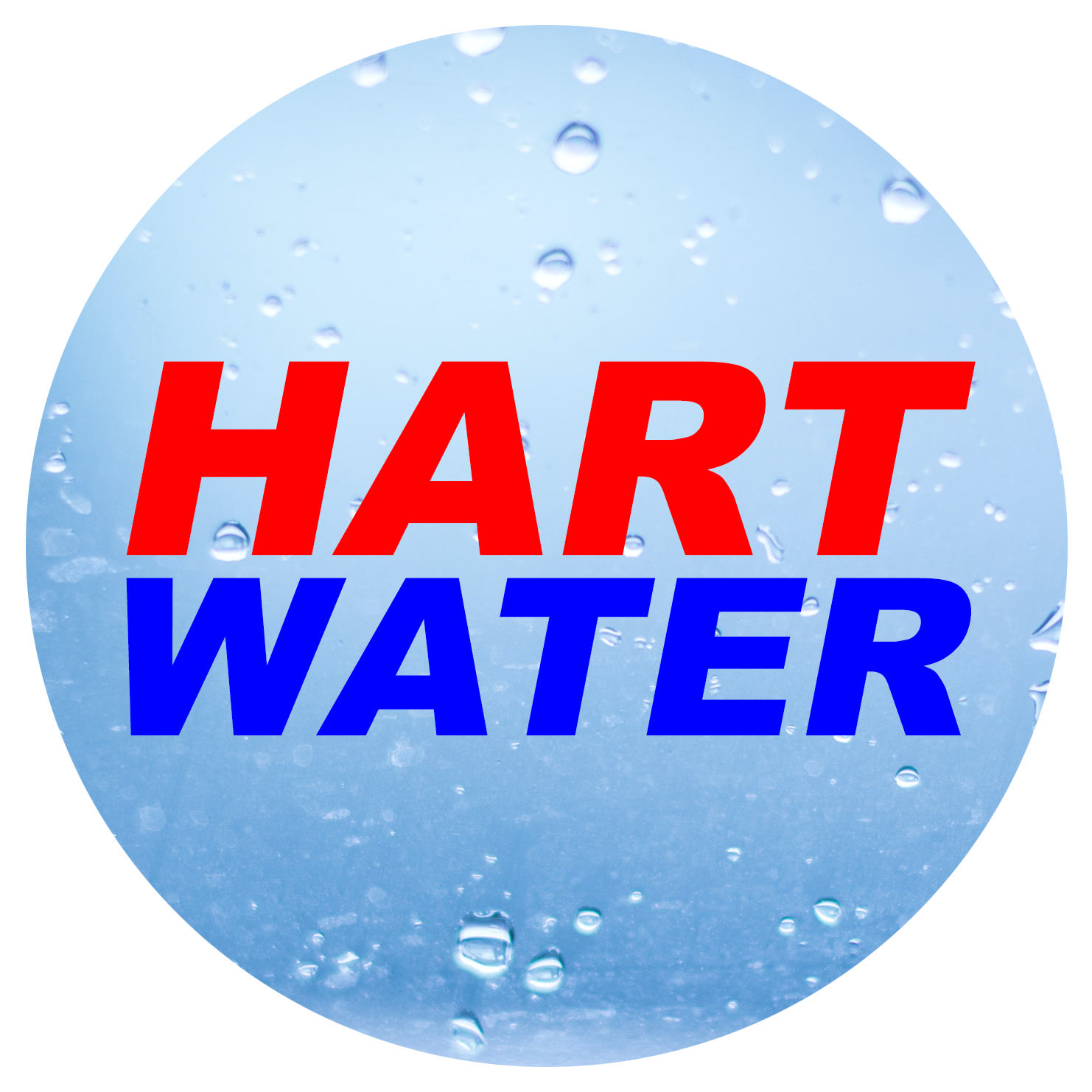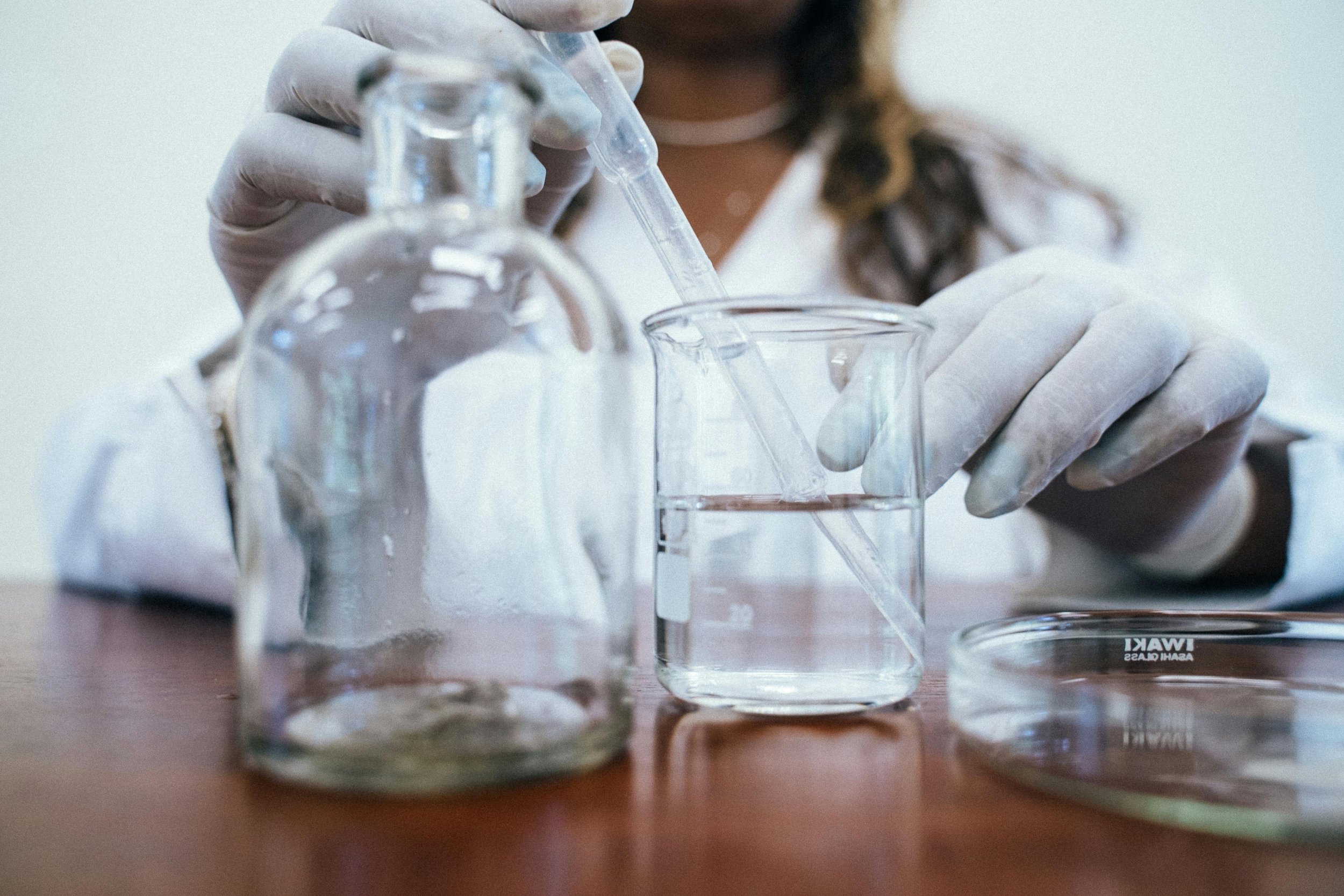The Truth About Water Testing
Every day we use our household water for drinking, cooking, bathing and cleaning, but how do we really know that it is safe? Testing our household water is an important step in improving our family’s overall health and wellness. But with so much conflicting information out there about water contamination and water testing, the entire process can be confusing and overwhelming. Leaning on my 25 years’ experience in the water quality and water testing space, I have created the definitive guide to cut through all the noise and get you on your way! Whether you are a concerned parent or newly embarking on a journey of health and wellness, optimizing the quality of your household water should be a top priority. In this guide, you will learn about what you should be testing your water for, who you should partner with and what qualifications they should have.
Deciding upon what your water testing package should include depends a lot on your water source and what your environment is like. While we should all share concerns about “forever chemicals” and lead, people who source their water from private wells should be focused on some additional contaminants that don’t impact city water users and vice versa. If you have never had your water tested before you should also include some parameters initially, while others should be screened for on a regular basis.
Those that source their water from private wells should be selecting packages that include bacteriological contaminants such as coliform, E. coli, and fecal coliform. These bacteria, if not being treated with a properly maintained ultraviolet lamp, should be screened semi-annually or in the event of a change in the appearance, odor, or flavor of the water. Private well owners should also screen for metals such as antimony, arsenic, sodium, lead, copper, aluminum, mercury and zinc. These metals can be naturally occurring or environmentally ubiquitous and can pose significant health risks. Testing packages should include chemicals such as fluoride, cyanide and bromide as well. If you know that there has ever been a buried or excavated fuel tank on your property or you live within a half mile of a fuel station, it is wise to test for volatile organic compounds (VOC). If you have never tested for these contaminants in your well water before, we recommend that you initially include them in any testing package you purchase. A VOC analysis will include such chemicals as benzene, styrene, xylene, toluene, MTBE, and ethylene.
We also recommend that you test for physical parameters that can damage household appliances, stain laundry and fixtures, cause unpleasant odors and leach metals out of household plumbing. These factors include hardness, iron, manganese, hydrogen sulfide, chloride, corrosivity, turbidity, total dissolved solids and alkalinity. Lastly, screening for pesticides and herbicides should be considered if you live in very close proximity to a commercial or industrial agricultural location or if you have used these products on your lawn within the last 5 years. Once this initial testing has been done, it is recommended that you screen your well water for physical factors annually, metals biannually, and VOC’s, herbicides and pesticides every 3-5 years. If you notice a change in the appearance, odor or taste in the water, that should also prompt investigation.
People who use municipal or city water sources do not need to consider the same parameters when selecting a water testing package. Many of the aforementioned contaminants such as metals, cyanide, fluoride, bromide, VOC’s, herbicides and pesticides are monitored by your water supply regularly. These tests are required by local, state and federal regulations and are available to you upon request. There are great databases, such as ewg.org, that catalog water quality reports for thousands of municipal water supplies across the country. Ewg.org or your supplier’s annual water quality reports are an excellent resource for interpreting trends over time and understanding the general water quality of your source as well as how many sources your water supply uses.
They do not, however, include the physical factors such as hardness, iron, manganese and corrosivity that can impact your household appliances. They also only represent a snapshot in time, the day samples were drawn. We recommend that municipal water users select water testing packages that include the same physical factors private well users to screen for. We also recommend that municipal water users screen for a complete list of disinfection byproducts. Disinfection byproducts (DBPs) in water include trihalomethanes (THMs), haloacetic acids (HAAs), chlorite, and bromate. These compounds are formed when disinfectants like chlorine, chloramines, chlorine dioxide, and ozone react with organic and inorganic matter in the water. Some are considered carcinogenic. If you elect not to use a filtration system to remove chlorine and DBP’s, then we recommend that you screen for them at least semi-annually to establish a baseline and an understanding of the variations of these chemicals in your water supply.
Now that you know what to test for, the toughest part of the process is selecting a testing partner that you can trust. A simple Google search for water testing always leads to a confusing maze of options ranging from DIY home test kits to free in-home testing to sophisticated chemistry laboratories. DIY-at-home test kits will not provide the wide range of test parameters that we recommend you screen for, whether you are testing well water or municipal water. They also do not afford the level of precision or accuracy that you should expect. They can be useful for monitoring the efficacy of certain types of filtration systems, but we recommend that you steer clear of this type of test kit outside of that use. We also recommend that you be wary of free in-home water analysis. In-home professional analysis can be good enough to establish some physical parameters such as hardness, iron, manganese, total dissolved solids and hydrogen sulfide, but will not include metals, bacteria, DBP’s, VOC’s, herbicides or pesticides and are often simply sales driven.
At Hart Water and Aqua Check Laboratories, we always recommend using a certified laboratory for all of your water testing needs. Search for a laboratory near you that is ELAP or ANSI certified in the water tests that you are interested in. These certifications ensure the lab must adhere to the strictest quality control and ethical standards and their reports will contain the most accurate and precise information. Team members in a certified lab will be knowledgeable in guiding you in both test selection and proper sampling procedure. For example, lead and copper should always be initially analyzed from first-draw water. First-draw samples are collected from a tap after a period of at least six hours of non-usage. Your laboratory team member should instruct you on this sampling procedure.
If you are still a bit confused or leery of sampling water on your own, many laboratories offer professional field sampling at an additional charge. If you elect to use a water treatment company to partner with on your water testing, be certain to screen for a professional that only uses a certified laboratory and is experienced in proper sampling procedure. Lastly, where should you go if there is no certified lab near you? There are a growing number of companies, such as Simple Lab, that will bring the lab to your mailbox. When using an online test kit company, be sure to research that the provider is using a network of certified labs to perform analysis and that your water will be shipped to the lab in proper containers with appropriate preservatives. This type of sampling and laboratory analysis can be both useful and accurate if the company you are working with follows these standards.
Testing your water is an important first step on the journey to better health and wellness. Now that you are armed with a definitive guide to selecting both your testing parameters and professionals, you can take this pivotal first step with confidence! If you still have questions or want to learn more, our helpful staff at Hart Water Conditioning and Aqua Check Laboratories are here to help. We can offer helpful consultation even if you are outside of the Hudson Valley New York area. Check out our websites at Harth2o.com and aquachecklabs.com and contact us today. Also keep an eye out for our next series of articles detailing how you can address the water quality issues that concern you or pop up on your test report.

